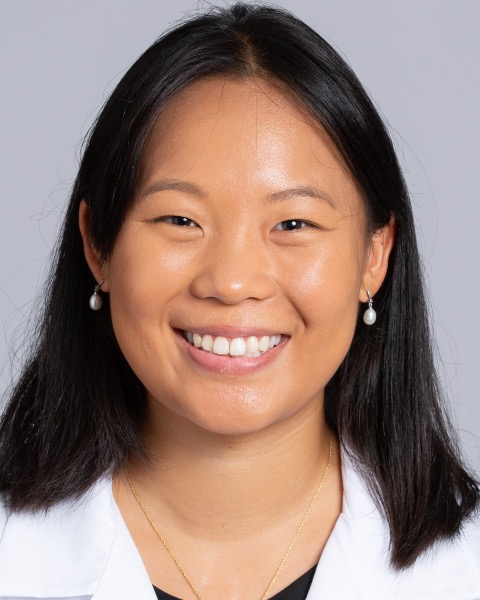Deformity
Automated Scoliosis Cobb Angle Classification with Classical Machine Learning Models
Friday, February 21, 2025
7:00 AM - 2:00 AM EST

Jennifer Yu, BS
Medical Student
Icahn School of Medicine at Mt. Sinai
Presenting Author(s)
Disclosure(s):
Jennifer Yu, BS: No financial relationships to disclose
Introduction: EOS imaging is a low-dose technology offering high-resolution spinal curvature measurement, crucial for assessing scoliosis severity and guiding treatment decisions. Machine learning algorithms, utilizing one-dimensional image features, can enable automated Cobb angle classification, improving accuracy and efficiency in scoliosis evaluation while reducing the need for manual measurements, thus supporting clinical decision-making.
Methods: This study used 816 annotated AP EOS spinal images with a spine segmentation mask and a 10-degree polynomial to represent curvature. Engineered features included the first and second derivatives, Fourier transform, and curve energy, normalized for robustness. XGBoost selected the top 32 features. The models classified scoliosis into multiple groups based on curvature degree, measured through Cobb angle. To address class imbalance, stratified sampling, undersampling, and oversampling techniques were employed, with 10-fold stratified K-fold cross-validation for generalization. An automatic Grid Search was used for hyperparameter optimization, with K-fold cross-validation (K=3).
Results: The top-performing model was Random Forest, achieving an ROC AUC of 91.8%, a standard metric for assessing multi-class classification problems. An accuracy of 86.1%, precision of 86.0%, recall of 86.0%, and an F1 score of 85.1% were also achieved. Of the three techniques employed to address class imbalance, stratified sampling produced the best out-of-sample results. SHAP values were also generated for the top 20 features, with the most predictive at the top, allowing for model explainability.
Conclusion : Feature engineering with classical machine learning methods offers an effective approach for classifying scoliosis severity based on Cobb angle ranges. The high interpretability of features in representing spinal pathology, along with the ease of use of classical ML techniques, makes this an attractive solution for developing automated tools to manage complex spinal measurements.

.jpg)